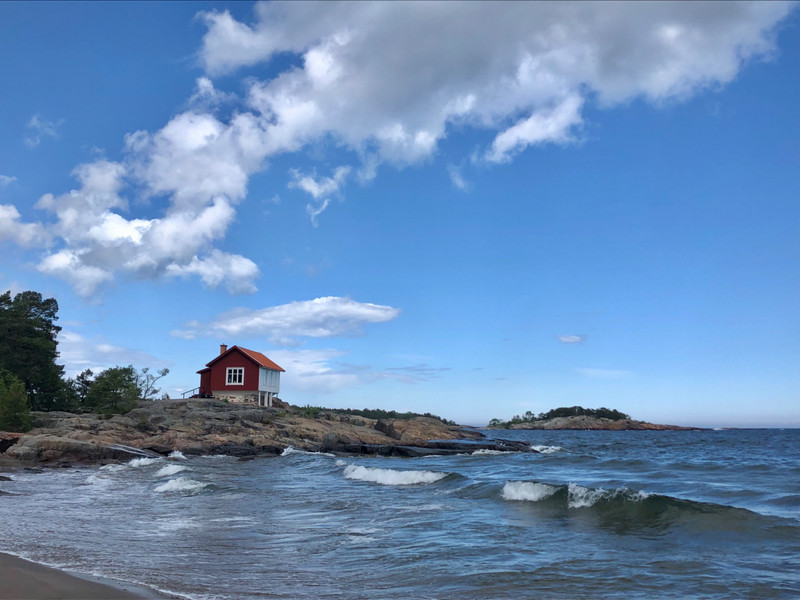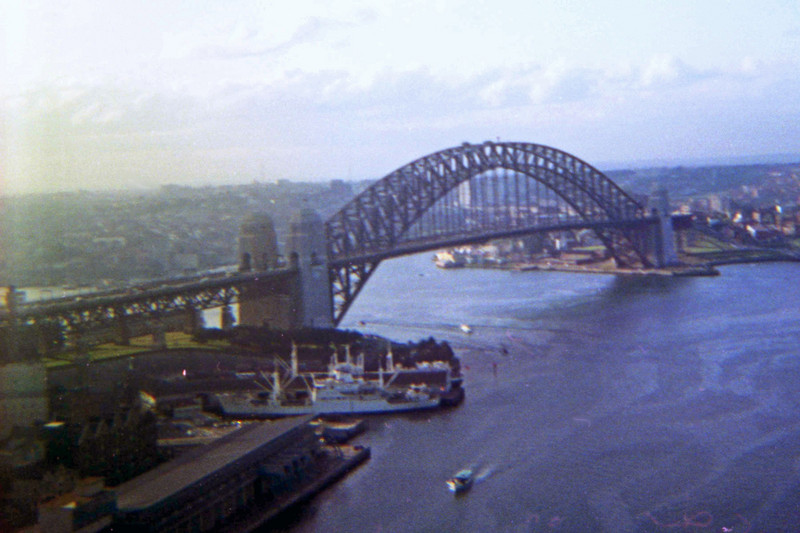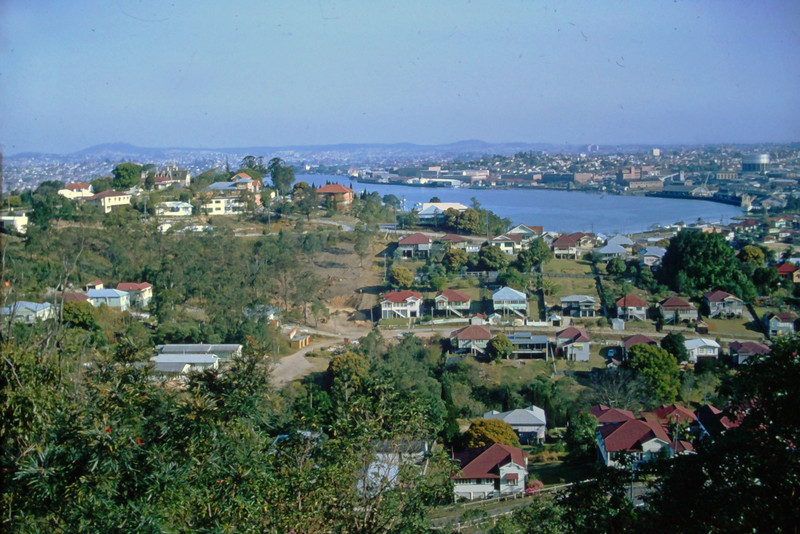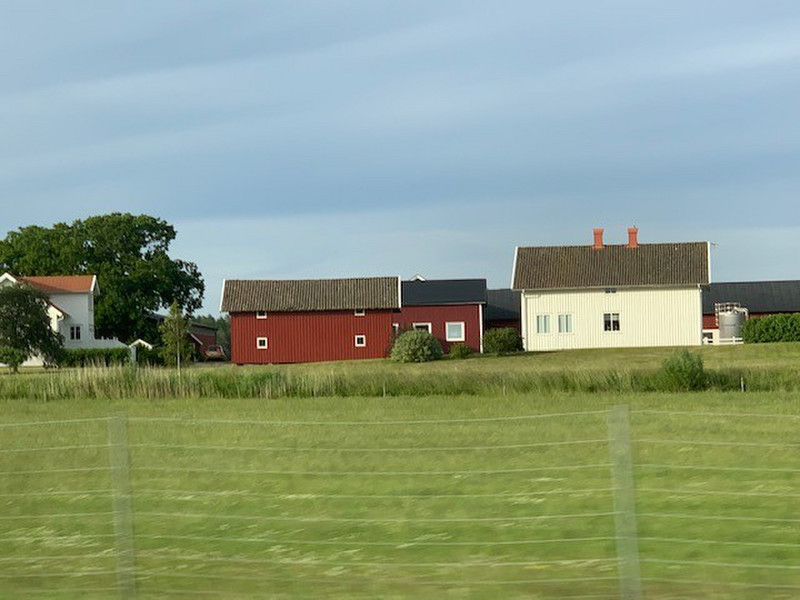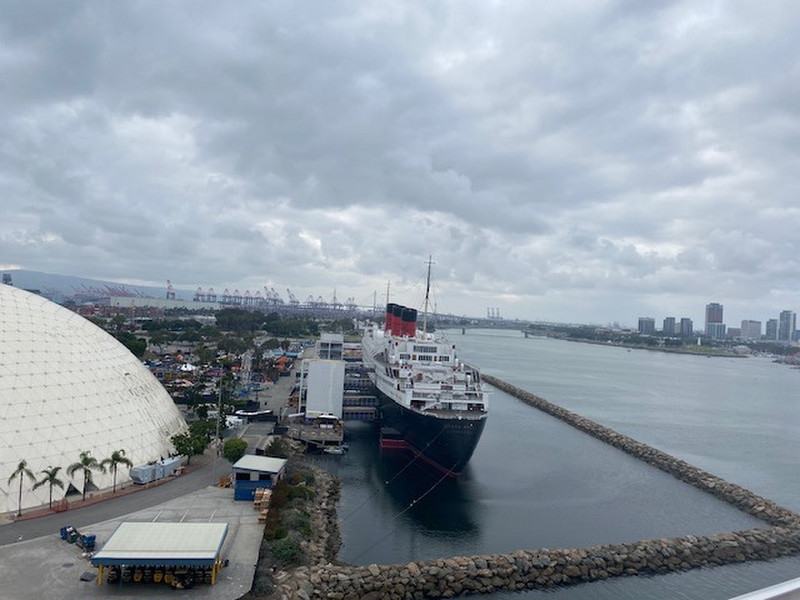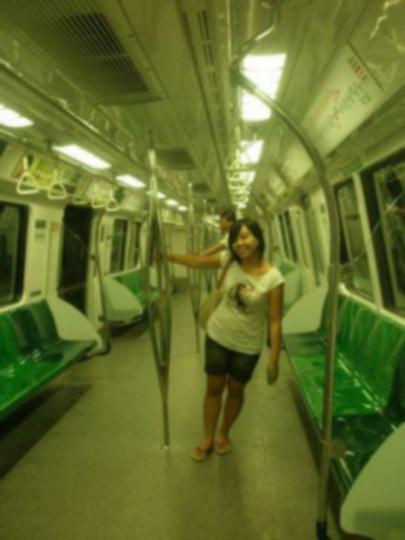Of the four large island groups sitting offshore eastern Sweden, the autonomous Aland islands could be considered the cinderella one with less travel and sight seeing kudos. Further south in the Baltic, we visited Gotland in 2021 enjoying the islands deep heritage represented by the well preserved Medieval walled Hanseatic city of Visby, a landscape dotted by defunct windmills, thatched huts, forlorn looking maypoles, viking ship burials and a flat, almost Mediterranean landscape of scrubby trees. Gotland is also geologically distinct from the rest of Sweden; the coastline is marked by dramatic Rauks - marooned rugged sea stacks which were the remanent cores of 400 million year old coral reefs. It was interesting to see these striking features that resemble natural turrets, feature on the new Swedish 200 krona bank note. In April, we were massively off season and the island felt deserted and somewhat mysterious. The quality of silvery light was incredible and after staying in Faro Sund, I could easily understand why film director Ingmar Bergman made the Island his home. Later in 2021 we visited the skinny strip of landscape with big skies represented by Erland Island. It hugs the coast and is easily accessed by the bridge
at the city of Kalmar. A world heritage site status was bestowed on the agricultural landscape in the south, which is characterised by open strip fields running down to the coast. In the past, we have visited the Stockholm archipelago many times to enjoy the multitude of large and small islands to life during the summer to cater to the well healed Stockholm sets.
The Aland Islands are a different proposition. Predominantly Swedish speaking, culturally Swedish they are, however, autonomous but aligned with Finland. The islands had been ceded to Russia in 1810 and remained in that sphere of influence until Finnish independence in 1917. After some post WW I diplomatic wrangling the islands gained their autonomy The Islands are just celebrating their 100 years of this special status. The autonomous status allows them to enjoy the benefits of being a duty free destination. Ive long heard the stories of notorious booze cruises heading out from Stockholm on what seems to be the longest route possible. The giant Viking line ferries you see moored on the outskirts of Stockholm offer over night entertainment and the discounted drinking begins early. By the time the boats nudge a buoy
in Aland waters, the largely late occupants are well slaughtered. The soundtrack is live music provided by a danseband pumping out 1970s to 1980s genre classics with a little bit of Elvis and Chris de Burgh mixed in. It all sounded like splendid fun to me.
However, time was limited and we sought the most direct route. Driving up to Grisslehamn, we took the smaller Eckero line ferry across. This two hour crossing takes you to a terminal around 30 kilometres drive from the capital, Mariehamn. We got version of the longer booze cruise, with a quick meal chosen from a list of tasty staple dishes; the husman kost and some duty free shopping opportunities. In the upstairs bar a couple of chaps dressed as ferry captains belted out a medley of hits from yesteryear. After around thirty minutes, the first dancers gingerly stepped onto the dance floor which eventually led to a flood of people once the tipping point had been exceeded. After all too shorter time it was time to get back into the cars and take the leisurely drive into town. More recently, Ive seen the duty free buying frenzy can by making the ferry crossing between Helsingor in Denmark and Helsingborg in Sweden. The straits here are only two miles wide and the ferry crossing only takes twenty minutes. After ten minutes of transit time the Swedes are finally allowed to slip the controls of the alcohol monopoly, System Bolaget and load up of bag in box wines, Norlands Guld and Mariestad beer. This is done with utmost efficiency and professiona.
